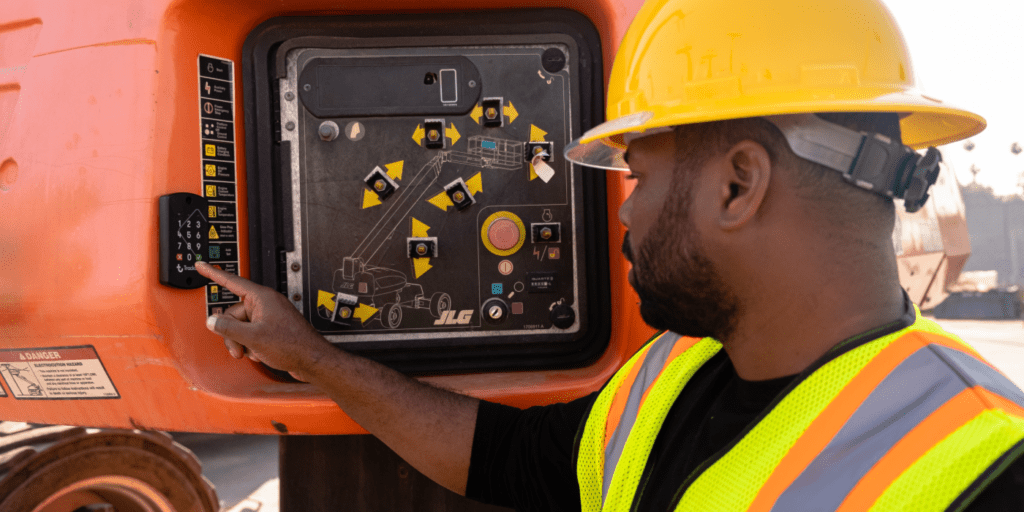

Sensors and other types of monitoring devices can be installed on assets to track fuel efficiency, engine performance, and vehicle maintenance needs. This data can be used to identify problems early on, as well as to optimize the use of resources and improve efficiency for fleet vehicles. Read more about telematic systems here.
A telematics system typically consists of a telematics device installed in the vehicle, which collects telematics data from various sensors and transmits it to a central server or cloud-based platform. The vehicle owner or operator can then access and analyze this data to track the vehicle’s location, monitor its performance, and diagnose any issues.
Some common telematics applications include fleet management, vehicle diagnostics, and insurance telematics. In fleet management, telematics is used to track the location and performance of vehicles in real time, allowing managers to optimize routes, reduce fuel consumption, and improve driver safety.

In vehicle diagnostics, telematics can be used to diagnose and troubleshoot vehicle issues remotely, reducing unexpected maintenance.
Overall, telematics technology can provide significant benefits to vehicle owners and operators, including improved efficiency, safety, and cost savings.
GPS fleet tracking and fleet telematics technologies can be installed in vehicles in various ways. This is where devices such as Trackunit Raw come in.
Trackunit Raw is a compact cellular tracking device with built-in GPS and a range of inputs and outputs, making it suitable for use in various industries. It offers global coverage and efficient performance thanks to its hardware, antenna, and embedded firmware design.
Additionally, it allows access to detailed machine data through the CAN bus interface and supports the CAN J1939 and CAN Open protocols. When plugged in, the telematics monitor begins recording driving behavior and sending it to a connected app.
By installing a vehicle tracking device, fleet managers can gain insights into their fleet’s current state and usage. Dashboards that can be customized to track specific key performance indicators (KPIs) or budget goals make it easy to monitor progress. At the same time, near-real-time analytics provide a comprehensive view of fleet operations, simplifying fleet management.
While the initial cost of implementing a GPS tracking system may seem high, it can ultimately save money in the long run. Telematics systems can help identify hidden costs and increase productivity and efficiency throughout the organization, resulting in a return on investment over time. You can request a demo from Trackunit here.

